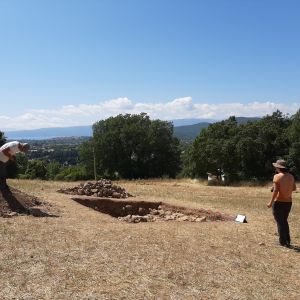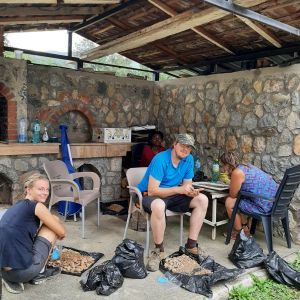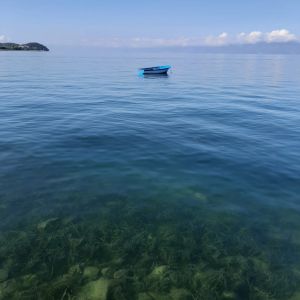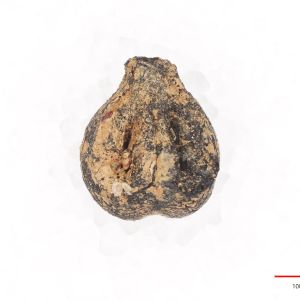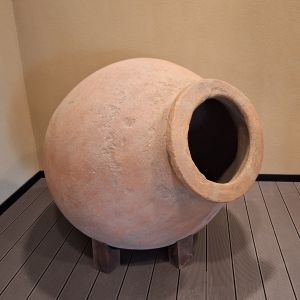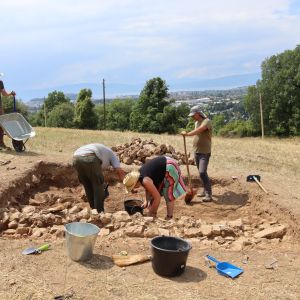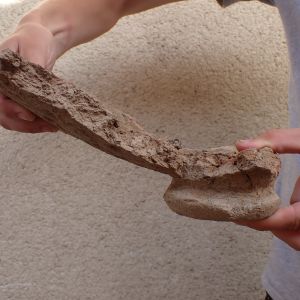The Romans cultivated grapevines at Lake Ohrid – evidence provided by new international research led by Czech scientists

An international team of archaeologists, biologists, and chemists has uncovered direct evidence of wine cultivation and production in the Lake Ohrid area of North Macedonia. Analysis of storage vessels from a small sondage at the Sv. Petkina Niva site showed that some of the vessels found had been impregnated with pine tar, a substance used to disinfect vessels and preserve wine. In one of the storage containers, researchers also discovered charred grape seeds. Radiocarbon dating of the seeds determined that the vessels were in use from the second half of the 3rd to the end of the 4th century AD. A combination of archaeobotanical, zoological, and chemical methods enabled the reconstruction of the landscape of that time – a mosaic of fields, orchards, and scrubland, where walnut and plane trees also thrived. Surprisingly, its composition corresponds to the current landscape.
The research, published in the international journal Environmental Archaeology, shows that local farmers were part of the wider Roman tradition of viticulture, even though they were located on the periphery of the empire. The remains of fish and farm animals found at the site also show that the inhabitants had a varied livelihood, combining agriculture, animal husbandry, and fishing. Fragments of snail fauna and burnt wood found at the site have made it possible to reconstruct the biotope around the Roman farmstead.
According to lead author Petra Tušlová from the Institute of Classical Archaeology at Charles University's Faculty of Arts, the research proves that even a small archaeological intervention can yield significant findings when the natural sciences and humanities are combined. The project, involving Czech, French, and North Macedonian institutions, presents the first scientific evidence of wine production in the Roman period in the Ohrid area—and a new piece in the mosaic of everyday life on the edge of the ancient world. Jaromír Beneš, head of the environmental archaeology team at the Faculty of Science of the University of South Bohemia, emphasises the uniqueness of the botanical evidence of viticulture, which was confirmed not only by the discovery of domesticated grape pips, but also by charred wood. This proves that grapes were grown locally. Morphometric analysis of grape seeds, which can distinguish between domesticated and wild types, was carried out by specialists from Montpellier, France, while chemical analysis and identification of pine tar was carried out by Veronika Brychová from the Institute of Nuclear Physics of the Czech Academy of Sciences.
The study was conducted as part of the Frontier Studies. Investigation into identity and cultural contacts in the border area of ancient Macedonia.
